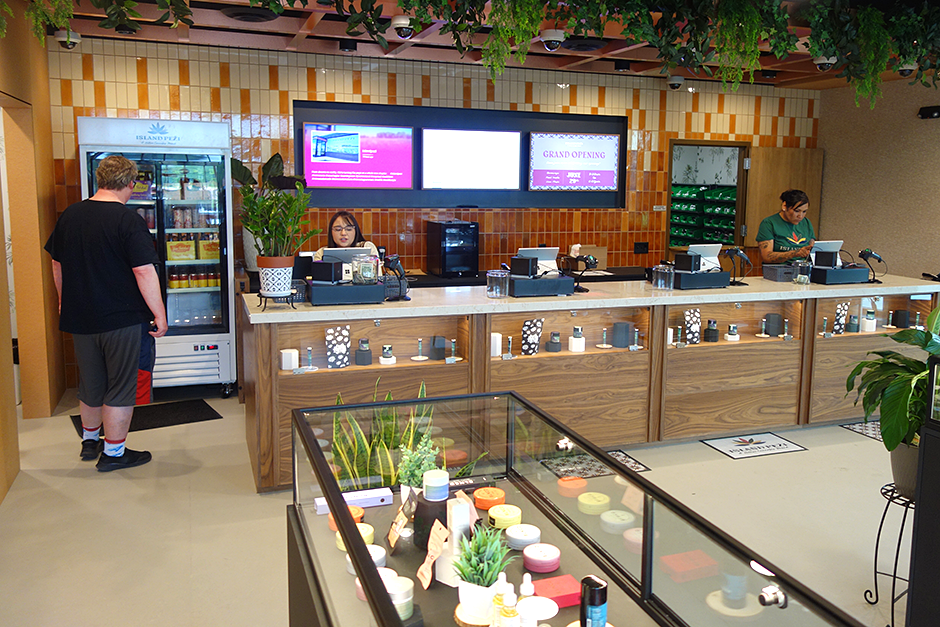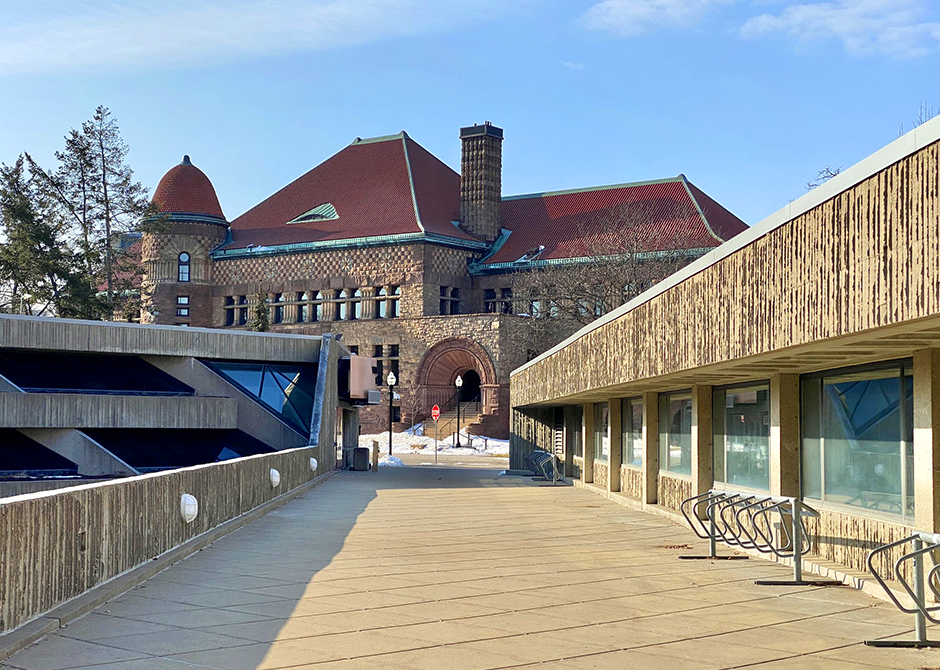
Amid scrutiny, Boeing promises more quality checks. But is it enough?
January 17, 2024
Weekend Dim Sum and Korean Fare Are Headed for Northeast Minneapolis
January 17, 2024WASHINGTON – To Becca Arens, who lives off of Social Security benefits in Willmar, a federal program that subsidizes the cost of internet service or cell service has been a lifesaver.

“If I did not have that $30 off my internet, I would be hurting,” said Arens, 51.
Without the subsidy, Arens said her monthly internet bill would be more than $70, which is beyond what she can afford to pay with her disability benefits.
More than 238,000 low-income Minnesotans like Arens need the Affordable Connectivity Program (ACP) to close the digital divide. But they may soon lose that help. So may 2.5 million others across the country.
The Federal Communications Commission, the agency that runs the pandemic-era program, warned last week that the $14.2 billion Congress appropriated for the program will run out in April. The agency said it has begun to wind down the program and will stop accepting new applications and enrollments on Feb. 7.
And without additional funding from Congress, the FCC said it will be forced to shut down the program later this year.
!function(){“use strict”;window.addEventListener(“message”,(function(a){if(void 0!==a.data[“datawrapper-height”]){var e=document.querySelectorAll(“iframe”);for(var t in a.data[“datawrapper-height”])for(var r=0;r<e.length;r++)if(e[r].contentWindow===a.source){var i=a.data["datawrapper-height"][t]+"px";e[r].style.height=i}}}))}();
Connecting during the pandemic
The Affordable Connectivity Program was an idea born during the pandemic to help low-income households stay connected to family, friends, jobs, medical services and other key programs. It made it possible for many children and college students to take their classes remotely when schools were shut down.
Originally called the Emergency Broadband Benefit Program and designed as a short-term measure, the program was replaced in 2021 by the Biden administration with the ACP. The ACP provided more modest subsidies — $30 per month toward internet service for eligible households and up to $75 per month for households on qualifying tribal lands.
It turned out to be tremendously popular, with growth in the number of participants nearly every week since the program was rolled out in December 2021.
To qualify for the ACP, a household income must not exceed 200% of the federal poverty level of $30,120 for an individual and $62,400 for a family of four.
There are other ways to qualify for the program, too, including enrollment in food stamps, Medicaid or a federal housing assistance program. Students who receive a Pell grant would also qualify.
Eligible households can also receive a one-time discount of up to $100 to purchase a low-cost laptop, tablet or desktop computer.
Congress steps in
The only income Arens receives are her Social Security Disability benefits. She works as an unpaid volunteer at NAMI Minnesota (National Alliance on Mental Illness), a nonprofit that works with children and adults with mental illnesses.
Arens said she was aware of reports that the ACP was in trouble but did not want to believe them, because an end to the program would be devastating to her and many others who have limited means, including many of the people living with mental illness who she works with at NAMI.
Arens said she would inform others of the precariousness of the program and urge them to call their members of Congress about the issue.
“If we don’t fight for this, it will be going away,” she said.
Almost immediately after the FCC issued its warning last week, bipartisan groups in the U.S. House and U.S. Senate introduced the Affordable Connectivity Program Act, legislation that would appropriate $7 billion so the program could continue.
The legislation is backed by the nation’s largest internet providers and telecom industry groups, as well as the AARP, labor organizations, the American Civil Liberties Union and the NAACP.
“We are concerned about the end of (the ACP) and support the legislation,” said Brian Dietz, spokesman for the NCTA-The Internet and Television Association.
Republican resistance
However, some congressional Republicans criticized the program as “wasteful” in a letter to FCC Chairwoman Jessica Rosenworcel last month that said a majority of low-income families had broadband before they applied for the subsidy.
Dietz said the ACP has helped internet providers boost the numbers of customers. But he could not say by how much, because some ACP beneficiaries already had broadband service, perhaps with the help of programs some providers had offered to low-income households.
But the benefit to the industry is undisputed and it’s lobbying Congress to approve more money for the program.
Some providers are trying to foster grassroots support for their lobbying efforts. For instance, Spectrum, the company that provides broadband for Arens, emailed her and other ACP beneficiaries, urging them to “act now” to save their subsidy.
“Unless Congress and the White House take action soon, the ACP – and your
monthly credit – will end early this year,” Spectrum warned.
The company urged its customers to contact the White House and their representatives in Congress and provided a yellow button at the end of its email that would allow them to send a pre-written message to press lawmakers to “fully fund the program and protect the credit that you rely on to stay connected.”
Biden, who says internet access is a necessity for modern life, has asked Congress for $6 billion for the ACP.
And the Biden administration in June announced more than $42 million – $650 million just for Minnesota – to expand high-speed internet access.





